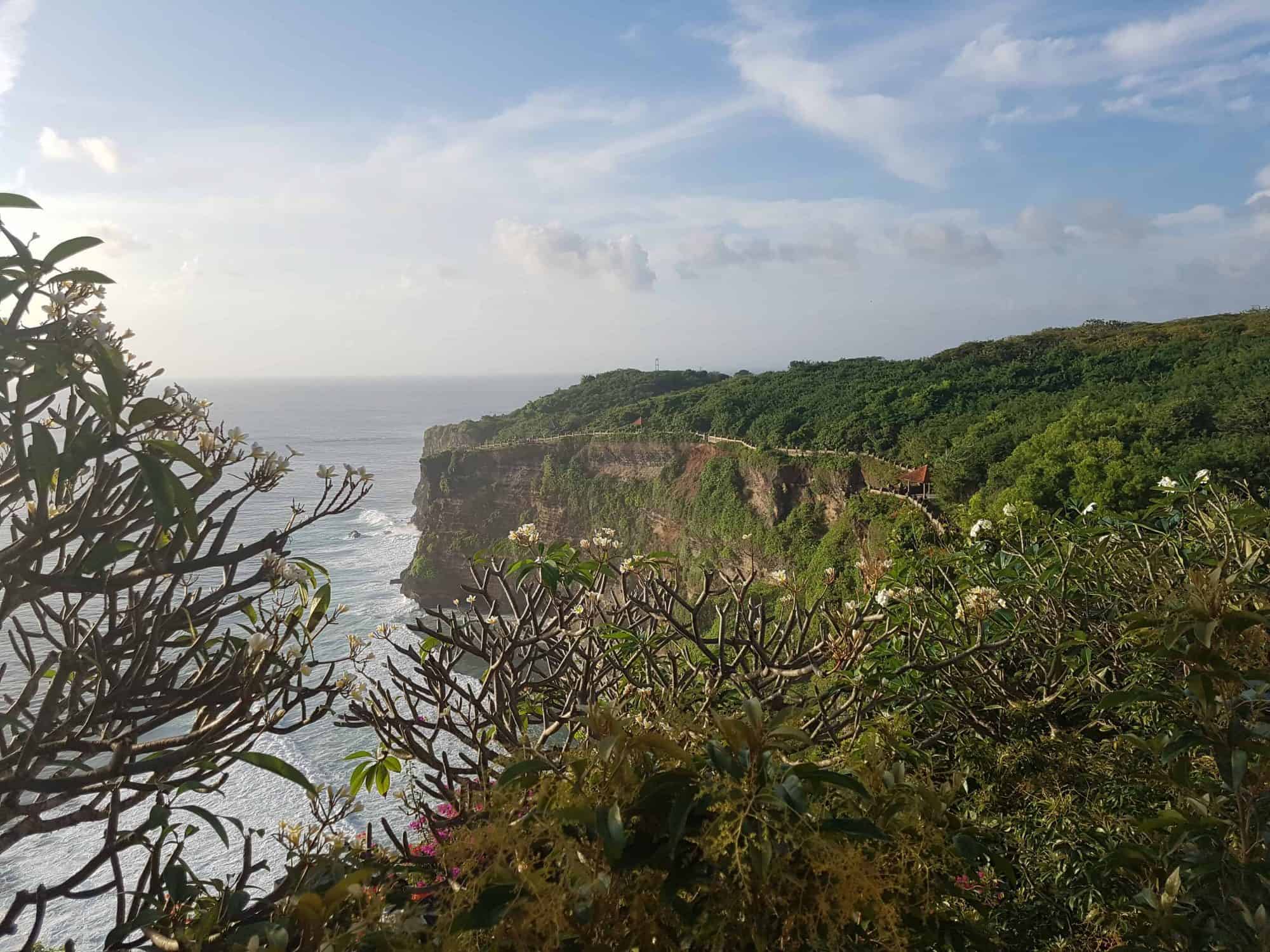Reforming waste. How can we retrieve valuable materials from e-waste and multi-component materials in rural and remote locations?
All Recycling Is Local
We make significant efforts to know where our food is coming from. Is it not time we knew where all our waste goes?
In January 2018, China implemented a ban on the import of 24 solids wastes. These 24 waste materials include several types of used textiles, post-consumer plastic scrap, and metal slags containing vanadium. Over the next 2 years, the prohibition was extended to an additional 32 scrap materials. These restrictions put in place by China revealed the truth about how many nations were exporting recyclable materials instead of dealing with their waste in-country or in their economic region.
Pre December 2017, the USA was sending approximately 4,000 shipping containers filled with recyclables to China daily. Most developed nations exporting recyclable materials to China did not have suitable facilities or storage capacity in-country to deal with their exported waste. Hence, the prohibition orders put in place by China have forced many to look at suitable ways to strengthen and develop in-country recycling plants.
Steeling the Show
Professor Veena Sahajwalla is the founding director for the centre of Sustainable Materials Research & Technology (SMaRT) at the University of New South Wales.
In 2003, Sahajwalla pioneered the Polymer Injection Technology (PIT), known as “green steel”. This process replaces coke with used tyres. This novel route can replace almost 15,000 tonnes of coal with over one million car tyres. Sahajwalla’s method of steelmaking is more efficient, uses less energy, and produces more steel from the same amount of ferrous scrap. Sahajwalla has bridged the laboratory to market gap. Steelmakers in Thailand, South Korea, Norway and the United Kingdom have licenses for PIT. In Australia, PIT is the standard operating practice at steelmaking facilities in Sydney and Melbourne.
The 4th R in Waste Management?
We know about the 3R’s (reuse, recycle, and recover). Straightforward recycling of glass from used crushed glass is simple enough. However, what do we do with e-waste and specialised materials that are engineered for one particular purpose? These items are often very difficult to reuse or recycle. For example, safety glass used in cars has a special laminate that enables it to break into pebble-like pieces instead of large shards. Therefore, recycling centres cannot process safety glass with household glass jars and bottles because of the laminate and resin additives used.
Professor Sahajwalla describes reforming waste as the 4th R in waste management. Reforming waste is a crucial step in a circular economy, where materials are de-synthesised and then resynthesise into new high-value products with similar elemental components.
Recovering these valuable materials from mixed materials and multi-component products is an enormous challenge. How do we manage the recovery of valuable materials from mixed material wastes? One solution is via SMaRT microfactories.
Microfactories
Prof. Sahajwalla has described waste microfactories as replicable small modules suitable for construction anywhere in the world. These microfactories fit within 50 square meters. A basic robot separates the different waste streams. With e-waste, retrieving useful components such as circuit boards, plastics and glass is possible. Next, the robot applies different precisely controlled temperatures in a small furnace. Thus, they can extract the elements from a circuit board and create valuable metal alloys. Overall, this concept has the potential to save the energy used in the mining of rare-earth metals. Furthermore, they reform the plastics from these circuit boards into filaments which are suitable for 3D printing new.
Microfactories like this one would be beneficial for small and rural communities, using local waste to manufacture high-value products.


















